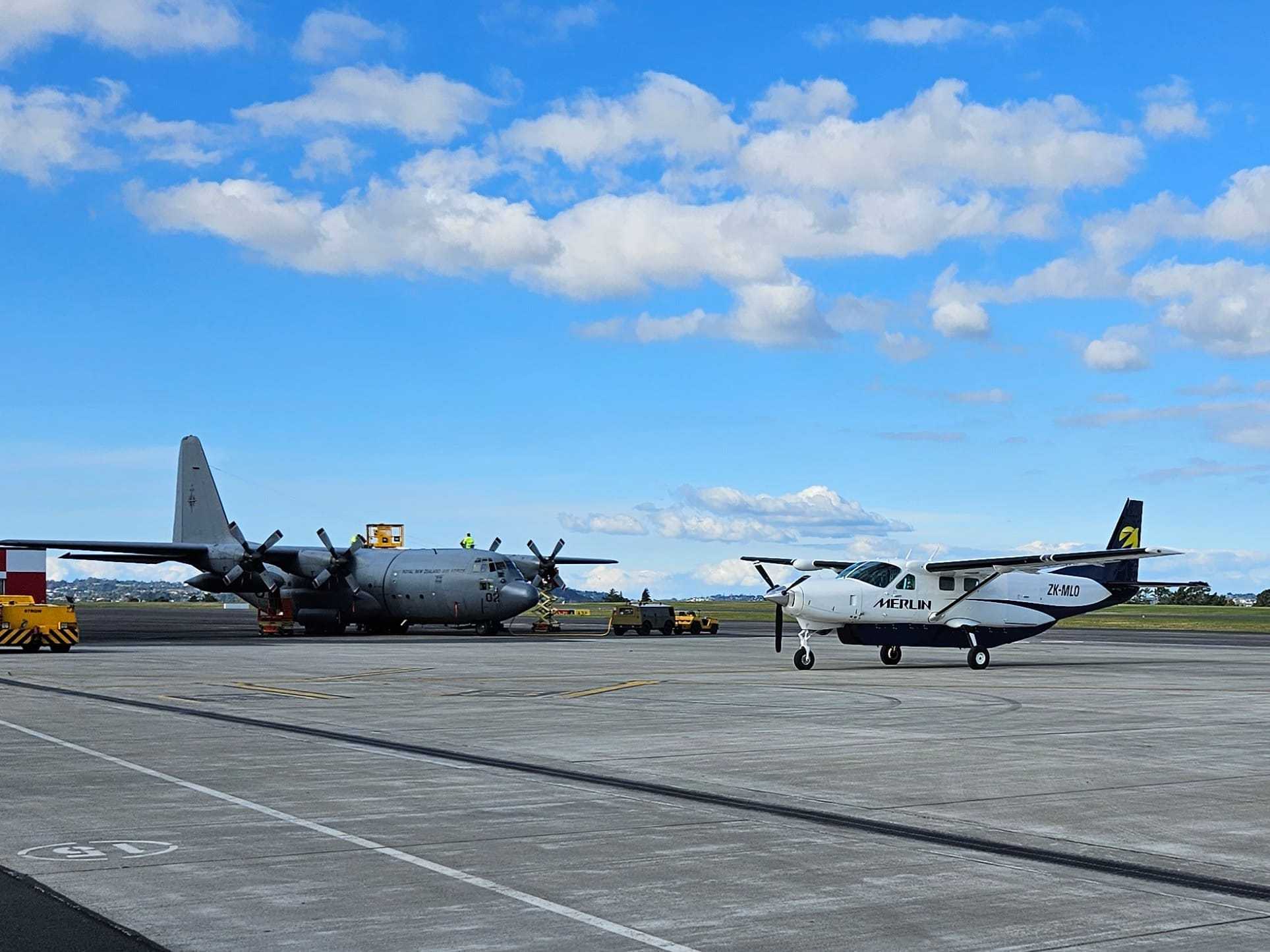POLICY & CERTIFICATION TEAM
01
According to the National Safety Council, modern commercial air travel is among the “safest modes of transportation” available today. This achievement is the result of deliberate and continuous efforts from the entire aviation community to build a safer, more reliable aviation system–and the work continues indefinitely. A key tool in this process of improving aviation safety has been the development of industry consensus standards.
Standards are documents published by organizations such as SAE International, ASTM International, and RTCA, Inc. that define the required level of performance of a given system in order to achieve an established safety objective. Although they are published by independent groups, standards are written with significant stakeholder input and generally represent an agreement amongst the aviation community regarding safety and performance. Standards documents are then used by manufacturers as a key method by which they can demonstrate their technology is safe and therefore eligible to be certified.
ARP4761 and ARP4754 refer to two well-known standards used in aviation today and illustrate how standards have helped unify and streamline the industry. Approximately 30 years ago, the aviation landscape was less formalized and allowed applicants to apply a diversity of system safety processes and procedures. This diversity slowed certification efforts and made it difficult to determine if aircraft were being required to demonstrate the same level of safety. As aircraft became increasingly complex, these challenges grew worse, and it became clear that a unified approach was needed. In response, ARP4754: Guidelines for Development of Civil Aircraft and Systems, and ARP4761: Guidelines and Methods for Conducting the Safety Assessment Process on Civil Airborne Systems and Equipment were introduced in 1996, establishing fundamental standards for civil aircraft safety.
“Both ARP4761 and ARP4754 are the driving force in aircraft safety design around the world. These standards have been used as the basis for assessing safety on most of the aircraft that the general public flies on today,” said Robert Voros, Director of Product Safety Assurance at Merlin. An industry veteran in systems safety, Voros is a former chair of SAE International’s S-18 committee, which revises and manages these ARPS, and is one of the leading industry groups focused on developing processes, methods, and tools for assessing the safety of integrated aircraft and their subsystems. He currently chairs the S-18H subcommittee which is working to close the gap between the system safety process and human factors methods.
The standards-making process is unique in that it provides the opportunity for a variety of aviation stakeholders to collaborate on key industry issues and to act as a unified body in deciding what the level of performance and methods of compliance should be for demonstrating safety. As part of the process, it’s not uncommon to see regulators and competing manufacturers all working together, in a collaborative environment, to better the aviation industry as a whole.
An example of the standards making process in action came in late 2023 when the S-18 committee published significant revisions to both ARP4754B and ARP4761A, the first updates to both documents in several years. The release represented a major milestone for the aerospace industry and standards-making process, given the significance of both documents.
The importance of industry standards cannot be overstated in the context of certifying novel systems, because the industry must work collaboratively to discuss the means of compliance for demonstrating the safety of new technologies. Merlin looks forward to continued involvement in this process to help bring highly automated systems like the Merlin Pilot to market.
